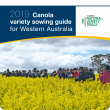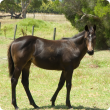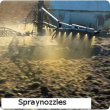Filter by regions:
- (-) Remove Wheatbelt filter Wheatbelt
- Great Southern (894) Apply Great Southern filter
- South West (839) Apply South West filter
- Mid West (816) Apply Mid West filter
- Goldfields-Esperance (768) Apply Goldfields-Esperance filter
- Peel (706) Apply Peel filter
- Perth regions (571) Apply Perth regions filter
- Gascoyne (507) Apply Gascoyne filter
- Pilbara (467) Apply Pilbara filter
- Kimberley (455) Apply Kimberley filter










